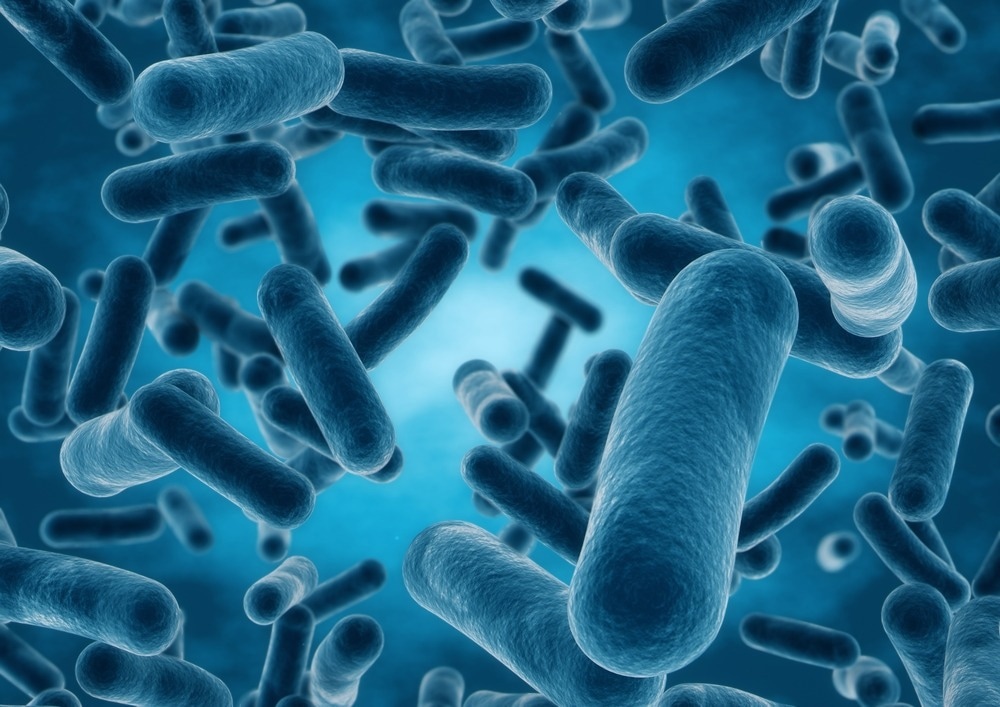Reviewed by Danielle Ellis, B.Sc.Jan 9 2024
Researchers at McMaster University have found a molecular “barcode” system that pathogenic bacteria use to identify harmful from beneficial molecules.

Image Credit: CHIARI VFX/Shutterstock.com
The new study demonstrates that many bacteria can metaphorically scan genetic codes to determine which proteins to retain and which proteins to release into the environment. It was published in the Proceedings of the National Academy of Sciences (PNAS).
Researchers have found that many of the proteins that are released are harmful to human cells, so a bacterium’s ability to distinguish between different proteins is essential to its ability to spread infectious diseases.
Proteins are one of the fundamental building blocks of life. They quite literally allow bacterial pathogens to do everything that they do. And while the vast majority of proteins remain inside bacteria to carry out functions like metabolism, there is a very small subset that act outside of the organism - like toxins.”
John Whitney, Associate Professor and Lead Investigator, Department of Biochemistry and Biomedical Sciences, McMaster University
According to Whitney, a member of the Michael G. DeGroote Institute for Infectious Disease Research, prior to the study, it was unknown how bacteria distinguished between toxic and non-toxic proteins, despite extensive research on the bacterial secretion system and toxins.
Under the direction of biochemistry graduate students Prakhar Shah and Timothy Klein, who is currently a postdoctoral fellow at the University of California, San Francisco, Whitney’s lab investigated the possibility that the same bacterial secretion system could secrete three essentially distinct toxins.
Whitney says, “There were no known similarities between the toxins - they don’t look anything alike, and they don’t do anything similar. Our rationale was, for them to all pass through the same protein secretion machine, there must be something common between them.”
Indeed, there was. Whitney likens the “domain” that each toxin shares to a barcode. Although the barcode was present in all three of the toxins that were being studied, Whitney claims that it was not present in the other three thousand or so proteins in the bacteria, suggesting that it functions as the export signal.
Shah, who co-authored the study with Klein, claims that the team used a variety of genetic, biochemical, and structural techniques - including significant “X-Ray crystallography studies”- to purify the proteins and gain a better understanding of the so-called barcodes and their functions. This allowed the team to prove the concept experimentally.
The research team anticipates a number of significant biotechnology and infectious disease-related applications for this new information in the future. Shah specifically mentions that the results are pertinent to the comprehension of a variety of gram-positive pathogens, such as the bacteria that cause serious infectious diseases like listeriosis and tuberculosis.
A lot of pathogens use this system. Therefore, our discovery has important implications on our understanding of the virulence strategies used by a wide range of human pathogens.”
Prakhar Shah, Postdoctoral Fellow, University of California